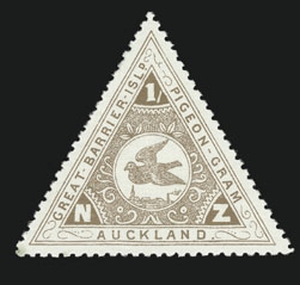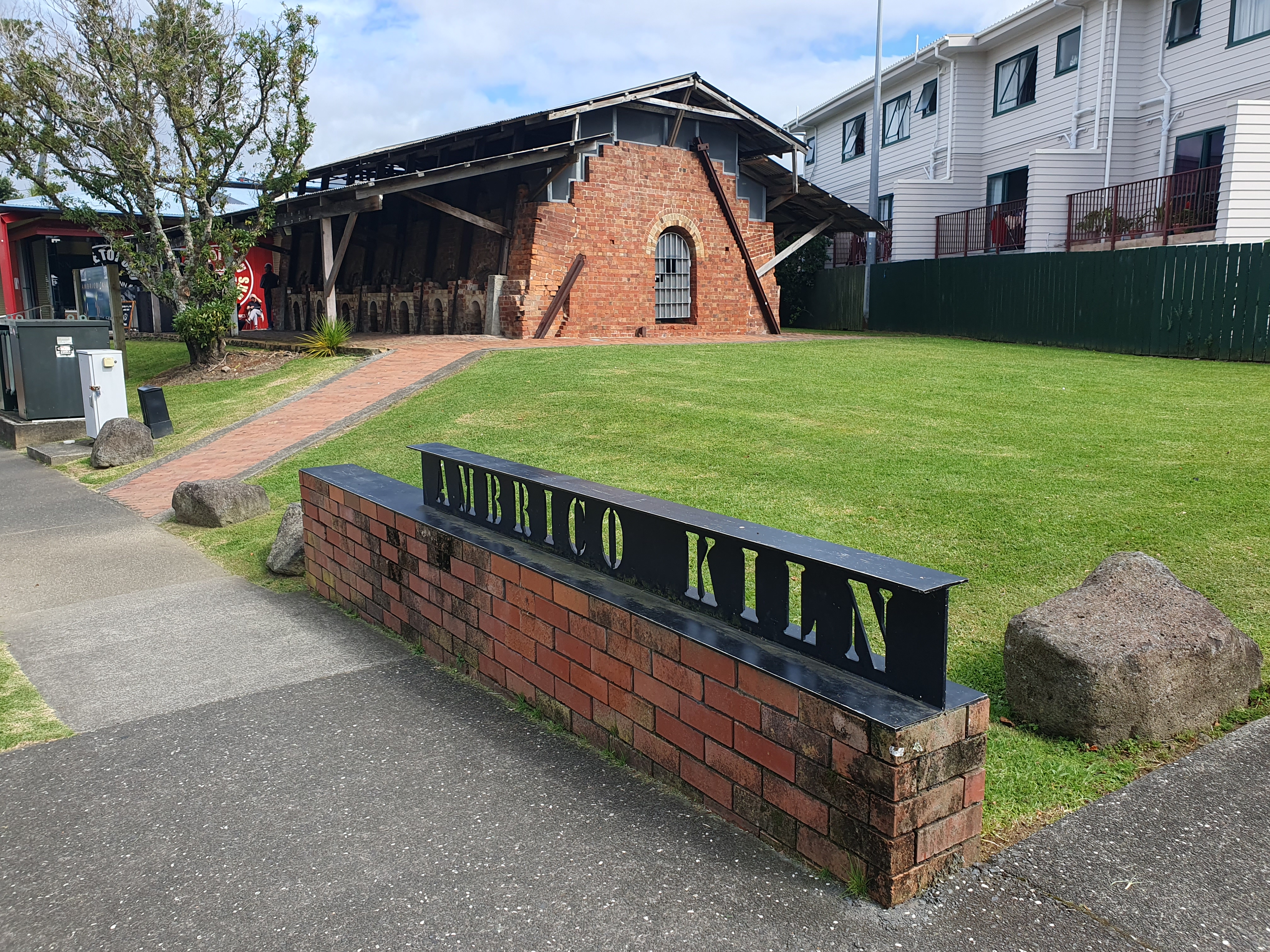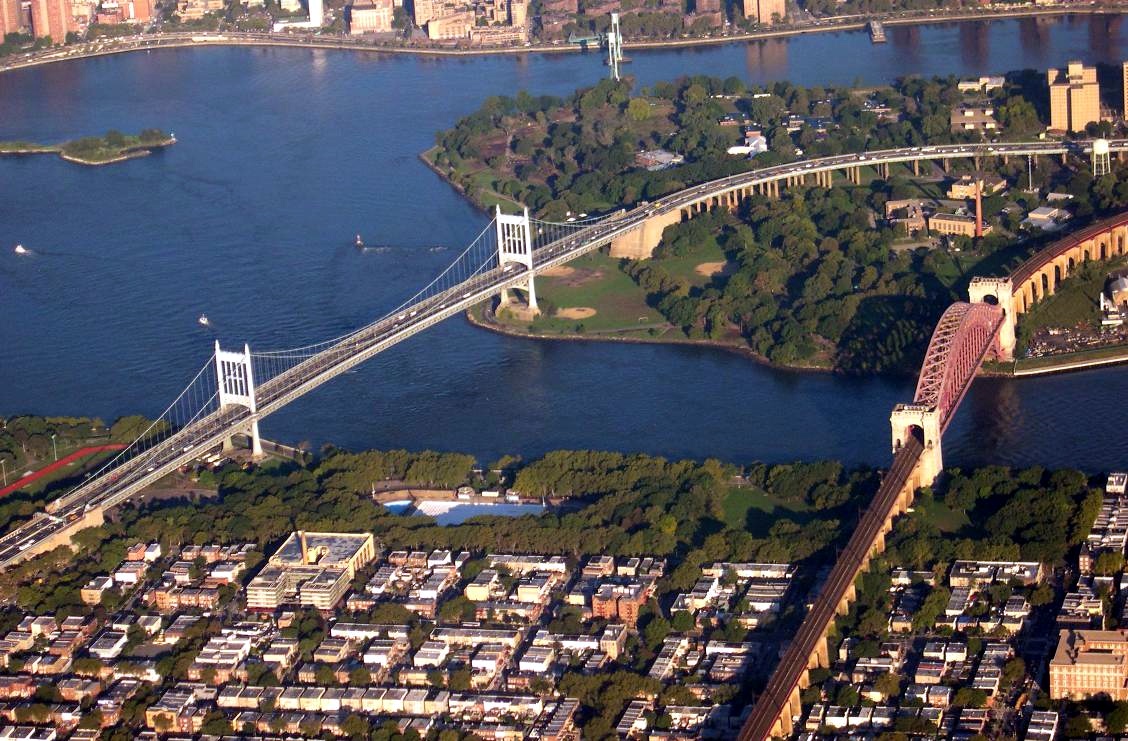|
Newton, New Zealand
Newton is a small suburb of Auckland, New Zealand, under the local governance of the Auckland Council. Since the construction of the Central Motorway Junction in 1965–75, Newton has been divided into two parts, and as a result, lost much of its size and coherence. The northern part is centred on Karangahape Road, and the southern part on Newton Road and upper Symonds Street. Both Karangahape and Newton Roads intersect with Symonds Street to the east. Newton Road joins the Great North/Ponsonby and Karangahape Road intersection to the west. At the southern end of Symonds Street are the Symonds Street Shops. Here Upper Symonds Street has two major intersections with other arterial roads: Newton Road and Khyber Pass Road, and Mt Eden Road and New North Road. History In the 19th century Newton was the name given to a slightly different area - stretching from what is now called Surrey Crescent to Eden Terrace. References to Newton can therefore describe different areas ... [...More Info...] [...Related Items...] OR: [Wikipedia] [Google] [Baidu] |
Auckland
Auckland ( ; ) is a large metropolitan city in the North Island of New Zealand. It has an urban population of about It is located in the greater Auckland Region, the area governed by Auckland Council, which includes outlying rural areas and the islands of the Hauraki Gulf, and which has a total population of as of It is the List of cities in New Zealand, most populous city of New Zealand and the List of cities in Oceania by population, fifth-largest city in Oceania. The city lies between the Hauraki Gulf to the east, the Hunua Ranges to the south-east, the Manukau Harbour to the south-west, and the Waitākere Ranges and smaller ranges to the west and north-west. The surrounding hills are covered in rainforest and the landscape is dotted with 53 volcanic centres that make up the Auckland Volcanic Field. The central part of the urban area occupies a narrow isthmus between the Manukau Harbour on the Tasman Sea and the Waitematā Harbour on the Pacific Ocean. Auckland is one of ... [...More Info...] [...Related Items...] OR: [Wikipedia] [Google] [Baidu] |
Great North Road, New Zealand
Great North Road is a major thoroughfare in Auckland, in the North Island of New Zealand. It runs from the fringe of the Auckland CBD to West Auckland. The road is the second longest in Auckland, after its counterpart, Great South Road, and is named after the Great North Road in Britain. In the days before the Auckland Harbour Bridge, Northern Motorway and Northwestern Motorway were built, it was the main road route from central Auckland to the areas north of the Auckland isthmus. In the 1960s, it carried 25,000–30,000 vehicles a day.Road engineering – traffic flow . '' An Encyclopaedia of New Zealand
''An Ency ...
[...More Info...] [...Related Items...] OR: [Wikipedia] [Google] [Baidu] |
Waikumete Cemetery
Waikumete Cemetery, originally Waikomiti Cemetery, is New Zealand's largest cemetery. It occupies a site of 108 hectares in Glen Eden, Auckland, and also contains a crematorium in the south-west corner of the cemetery. History Waikumete Cemetery was established in 1886 and is the final resting place for over 70,000 people. It was established after the Symonds Street Cemetery was surrounded by residential housing, and its location was decided by the proximity of the nearby Glen Eden railway station, as access by railway was desired. Passengers would travel to Waikumete on the same train as their loved ones in special train services held on Sundays. The funeral carriage was separated from passengers, and used a separate platform. The Chapel of Faith in the Oaks was built in 1886 as a mortuary chapel and was used until the larger chapel was built in 1952. The Chapel of Faith in the Oaks were shared between local Methodist, Anglican and Pentecostal communities for church services, un ... [...More Info...] [...Related Items...] OR: [Wikipedia] [Google] [Baidu] |
Arsenic
Arsenic is a chemical element; it has Symbol (chemistry), symbol As and atomic number 33. It is a metalloid and one of the pnictogens, and therefore shares many properties with its group 15 neighbors phosphorus and antimony. Arsenic is notoriously toxic. It occurs naturally in many minerals, usually in combination with sulfur and metals, but also as a pure elemental crystal. It has various Allotropes of arsenic, allotropes, but only the grey form, which has a metallic appearance, is important to industry. The primary use of arsenic is in alloys of lead (for example, in car batteries and ammunition). Arsenic is also a common n-type dopant in semiconductor electronic devices, and a component of the III–V compound semiconductor gallium arsenide. Arsenic and its compounds, especially the trioxide, are used in the production of pesticides, treated wood products, herbicides, and insecticides. These applications are declining with the increasing recognition of the persistent tox ... [...More Info...] [...Related Items...] OR: [Wikipedia] [Google] [Baidu] |
Western Springs (Auckland Suburb)
Western Springs is a residential suburb in the city of Auckland in the north of New Zealand. It is located four kilometres to the west of the city centre, Auckland CBD. The park is situated to the north of State Highway 16 and the residential suburb is located southeast of the park on the opposite side of State Highway 16. The suburb is dominated by Western Springs Reserve, also known as Western Springs Lakeside Te Wai Ōrea, which features a lake with a variety of birdlife. Auckland Zoo, Western Springs Stadium and M.O.T.A.T. (the Museum of Transport and Technology) are situated around the park. The park is the location of the annual Pasifika Festival, one of Auckland's most popular public events. Across the road from the zoo is the school of Western Springs College, with a student population of around . History Māori history Historically, Māori valued the wetlands they named ''Te Wai Ōrea,'' meaning 'the waters of eels', for the clean, clear spring water and ' ... [...More Info...] [...Related Items...] OR: [Wikipedia] [Google] [Baidu] |
Symonds Street Cemetery
Symonds Street Cemetery is a historic cemetery and park in central Auckland, New Zealand. It is in 5.8 hectares of deciduous forest on the western slope of Grafton Gully, by the corner of Symonds Street and Karangahape Road, and is crossed by the Grafton Bridge. The street (and by extension, the cemetery) is named for William Cornwallis Symonds, a British Army officer prominent in the early colonisation of New Zealand. It has a Historic Place – Category I listing with the New Zealand Historic Places Trust. Maintenance and administration of the cemetery is provided by the Auckland Council. History Symonds Street Cemetery was the first official cemetery in Auckland and has been in use since 1842.. Initially, it was divided into four sections for Anglicans, Catholics, and Jews, and a shared Presbyterian, Wesleyan, and general sections. By 1852, the shared section became Presbyterian, and an additional Wesleyan and general section was added. After establishing a new municipal ce ... [...More Info...] [...Related Items...] OR: [Wikipedia] [Google] [Baidu] |
New Lynn
New Lynn is a residential suburb in West Auckland, New Zealand, West Auckland, New Zealand, located 10 kilometres to the southwest of the Auckland CBD, Auckland city centre. The suburb is located along the Whau River, one of the narrowest points of the North Island, and was the location of Portages of New Zealand#Whau portage, Te Tōanga Waka, a traditional waka (canoe), waka portage between the Waitematā Harbour, Waitematā and Manukau Harbour, Manukau harbours. The settlement developed in the early 20th century due to the brick and pottery industry, and in 1963 became a major commercial centre for Auckland with the opening of LynnMall, the first American-style shopping centre in New Zealand. Since 2010, New Lynn has been the focus of large-scale urban development, with the introduction of medium and high density housing close to the town centre and train station. History Early history and establishment The New Lynn area and the Whau River are a part of the traditional ro ... [...More Info...] [...Related Items...] OR: [Wikipedia] [Google] [Baidu] |
Robert Moses
Robert Moses (December 18, 1888 – July 29, 1981) was an American urban planner and public official who worked in the New York metropolitan area during the early to mid-20th century. Moses is regarded as one of the most powerful and influential people in the history of New York City and New York state. The grand scale of his infrastructure projects and his philosophy of urban development influenced a generation of engineers, architects, and urban planners across the United States. Never elected to any public office, Moses held various positions throughout his more-than-40-year career. He held as many as 12 titles at once, including New York City Parks Commissioner and chairman of the Long Island State Park Commission. By working closely with New York governor Al Smith early in his career, he became an expert in writing laws and navigating and manipulating the workings of state government. He created and led numerous semi-autonomous public authorities, through which he cont ... [...More Info...] [...Related Items...] OR: [Wikipedia] [Google] [Baidu] |
Michael Joseph Savage
Michael Joseph Savage (23 March 1872 – 27 March 1940) was an Australian-born New Zealand politician who served as the 23rd prime minister of New Zealand, heading the First Labour Government of New Zealand, First Labour Government from 1935 until his death in 1940. Savage was born in the Colony of Victoria (present-day Australia), and emigrated to New Zealand in 1907 at the age of 35. A labourer, he became a trade unionist, and in 1910 was elected president of the Auckland Trades and Labour Council. Savage supported the formation of the New Zealand Labour Party in July 1916. He was active in local politics before his election to the House of Representatives in 1919 New Zealand general election, 1919, as one of eight Labour members returned in that election. Savage was elected unopposed as Leader of the New Zealand Labour Party, Labour Party leader in 1933 New Zealand Labour Party leadership election, 1933. Savage led the Labour Party to its first ever electoral victory in th ... [...More Info...] [...Related Items...] OR: [Wikipedia] [Google] [Baidu] |
Grey Lynn
Grey Lynn is an inner suburb of Auckland, New Zealand, located to the west of the city centre. Originally a separate borough, Grey Lynn amalgamated with Auckland City in 1914. Grey Lynn is centred on Grey Lynn Park, which was not part of the original subdivision of 1883, since the land was too steep and too wet for house construction. In 1915, the land was drained and levelled for playing fields. The park is home to the annual Grey Lynn Park Festival, which attracts around 100,000 visitors on the third Saturday in November. History Prior to the arrival of Europeans in Auckland, Grey Lynn was a frequent transit point with abundant food sources and access to freshwater. Food sources included several kūmara plantations in Grey Lynn, on the hill slopes above Coxs Bay, Opoutukeha, Coxs Creek. In the late 17th or early 18th century, there were a series of raids in the area led by Kāwharu (Tainui), known as Raupatu Tīhore. Kāwharu reportedly rested his head on the ridge that is ... [...More Info...] [...Related Items...] OR: [Wikipedia] [Google] [Baidu] |
Sir George Grey
Sir George Grey, KCB (14 April 1812 – 19 September 1898) was a British soldier, explorer, colonial administrator and writer. He served in a succession of governing positions: Governor of South Australia, twice Governor of New Zealand, Governor of Cape Colony, and the 11th premier of New Zealand. He played a key role in the colonisation of New Zealand, and both the purchase and annexation of Māori land. Grey was born in Lisbon, Portugal, just a few days after his father, Lieutenant-Colonel George Grey, was killed at the Battle of Badajoz in Spain. He was educated in England. After military service (1829–37) and two explorations in Western Australia (1837–39), Grey became Governor of South Australia in 1841. He oversaw the colony during a difficult formative period. Despite being less hands-on than his predecessor George Gawler, his fiscally responsible measures ensured the colony was in good shape by the time he departed for New Zealand in 1845.G. H. Pitt, "The Cri ... [...More Info...] [...Related Items...] OR: [Wikipedia] [Google] [Baidu] |
Ponsonby Road
Ponsonby () is an inner-city suburb of Auckland located 2 km west of the Auckland CBD. The suburb is oriented along a ridge running north–south, which is followed by the main street of the suburb, Ponsonby Road. Ponsonby was originally a working-class neighbourhood until going through a period gentrification that saw upper-middle class residents move to the area starting in the 1970s. Three Lamps is an area of Ponsonby located at the intersection of Ponsonby Road, College Hill, and St Marys Road. This name is derived from a 19th-century Lamppost. Etymology The area now referred to as Three Lamps was originally called Dedwood in 1845,Ponsonby Heritage Walks – Mace, Tania; Ponsonby Road Promotions & |









